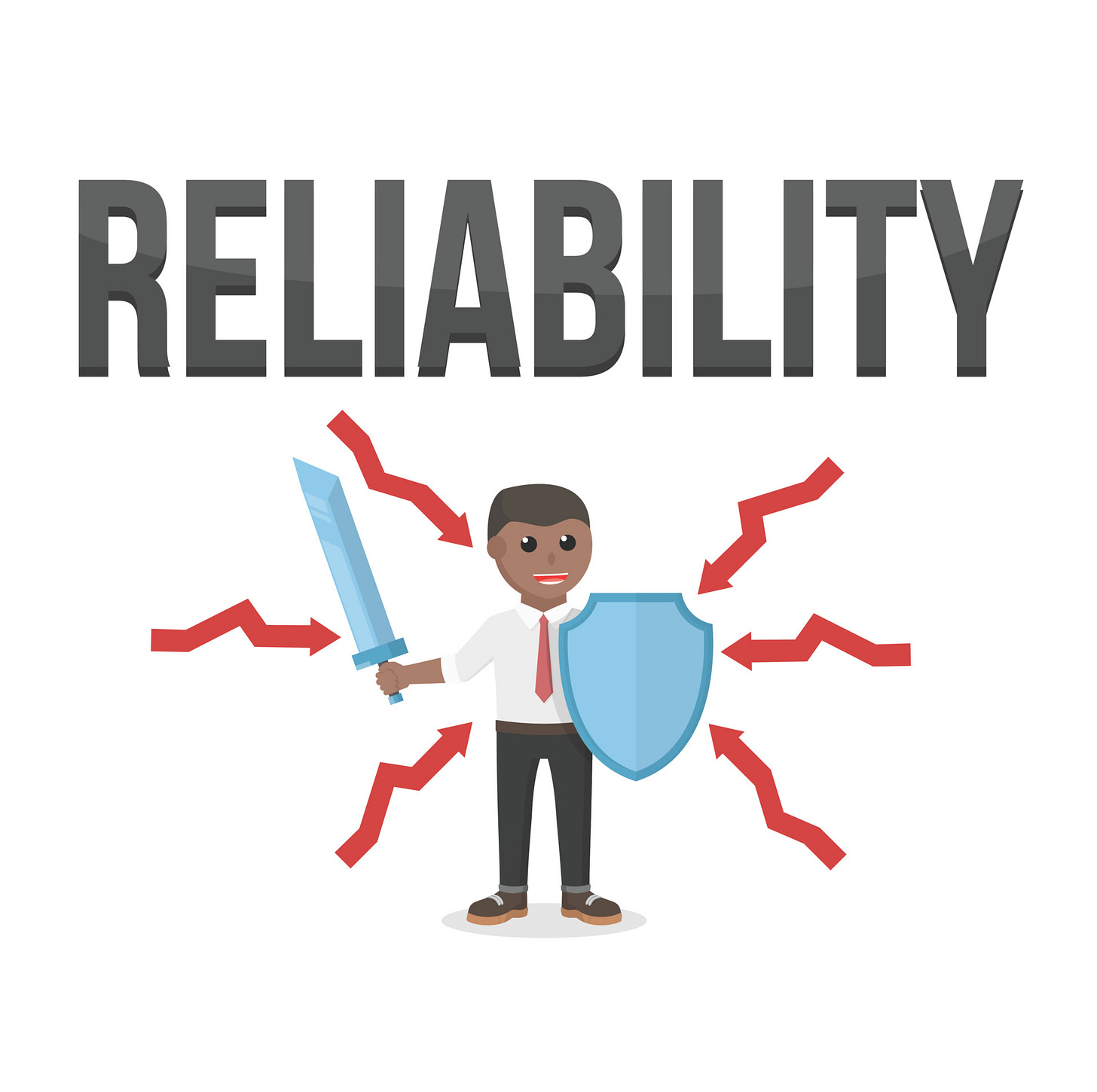How to Build Trust with Senior Leadership
A Personal Journey of Building Rapport with Senior Leadership
Happy Friday everyone!
If you’ve been following my newsletters, you would know that I’ve worked in several different industries over the years, ranging from premium management consulting to established industry leading companies to early stage tech startups.
It hasn’t always been easy and I’ve had some rough patches but there have been times when I was able to grow, thrive and advance in my career as well.
In my experience, building trust with senior leadership is crucial for professional growth. Establishing a solid foundation of trust with superiors opens doors and opportunities that aren’t that easy to access otherwise.
Trust, however, isn't something that one can generate overnight. It requires consistency, authenticity, and a clear understanding of mutual, as well as high-level, goals.
This week, I’ll go into the steps I took in order to build this trust.
Here goes….
Listening More Than Talking
The importance of listening was one of the most important lessons I learned early on. When I joined BCG, I noticed that Senior leaders (esp. Partners) were often inundated with opinions and ideas, and while they appreciated fresh perspectives, they valued active listening even more. You could spend hours on a particular project but, ultimately, if your output didn’t align with the approach that they wanted to take with the particular client, it wasn’t going to amount to much. You could disagree with them but, even for that, you would need to take a step back and listen first in order to get where they were coming from.
I, thus, made a conscious effort to listen intently during meetings, taking notes, reflecting on their insights and asking questions along the way. This not only showed respect for their experience but also helped me understand their vision and end-goal better. The importance of something as simple and obvious as listening can’t be overstated.
Demonstrating Reliability
When it comes to trust, reliability is it’s cornerstone. Delivering results within a given time-frame is probably the most powerful way to develop a sense of trust.
Throughout my career, thus, I’ve made it a point to meet deadlines and commitments, whilst trying to maintain a high standard of work. This hasn’t always been easy, especially when working on multiple projects at once.
A crucial aspect here is to be open when one encounters obstacles. I learned early on that managing expectations is crucial. I communicated proactively with my leaders whenever I came across obstacles, explaining the situation at hand and proposing potential workarounds.
Similarly, keeping them informed about my progress and any potential issues was appreciated. This consistent communication ensured that there were no last-minute surprises and demonstrated my commitment to keeping them in the loop. By being open about both successes and setbacks, the message I was trying to give was that I valued their involvement and trusted their judgment.
Seeking Feedback and Acting on It
It’s not always enough to keep the leaders in the loop. Regularly seeking feedback throughout my career is another strategy that has helped build trust in my case. I’ve tried to follow a cadence of requesting feedback after completing significant projects on top of regular performance reviews. Furthermore, I didn't just listen to this feedback; I tried to act on it as well.
Whether it was refining a slide deck or taking a training, I tried to take feedback seriously in order to demonstrate a willingness to grow based on the input I got from the senior leadership. This showed a dedication to continuous improvement and respect for their guidance.
Building Personal Connections
While, in general, I try to draw a line between personal and professional stuff, trust is also built through personal connections. Whenever the situation allowed, hence, I tried to have casual conversations with leaders. Informal chats about their interests or sharing my own experiences often helped to humanise our interactions.
While it’s not always obvious, such interactions often help in creating a rapport and facilitating open and honest communication, especially during tense situations.
Learning from Mistakes
Following on from the point about demonstrating reliability, it’s important to recognise that no one is perfect and, thus, mistakes are inevitable. What matters, in the end, is how one handles these aspects. Taking responsibility in such situations, rather than placing blame, is exceptionally important and that’s a mantra that I have tried to follow. In my experience, such an approach reassures senior leaders that one could manage difficulties, learn from them and move on. This, in turn, builds trust in one’s resilience and dedication.
All in all, building trust with senior leadership takes time, consistency and dedication. Its not always simple and roadblocks come up off and on but open communication helps a lot. My journey to gain the trust of senior leaders has been challenging overall but it has also been immensely rewarding.









Good reflections- trust is a fundamental aspect of a strong leader and varies quite differently from person to person. The leadership needs to create and build that environment and conditions for people to actually have that sort of relationship and most often, even if you act on all these principles, if the senior leaders put some sort of a blockage for others to thrive its difficult to build that relationship. This often demands some core personality skills, including empathy for each other, along with the openness and transparent culture that you have touched upon in the earlier readings, which would assist in having a platform ready for such a trust based relation and a healthy environment.